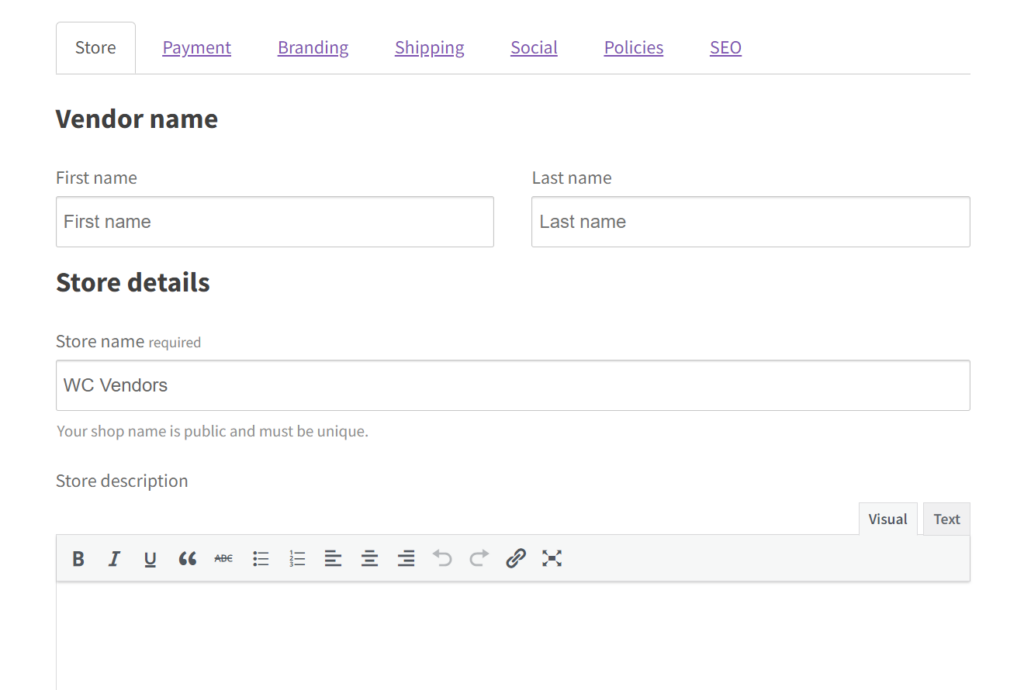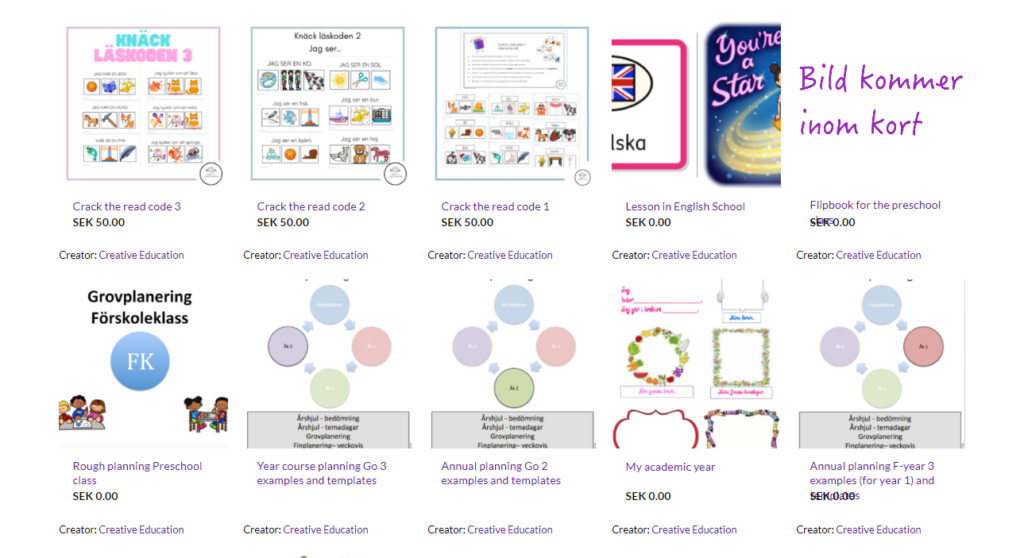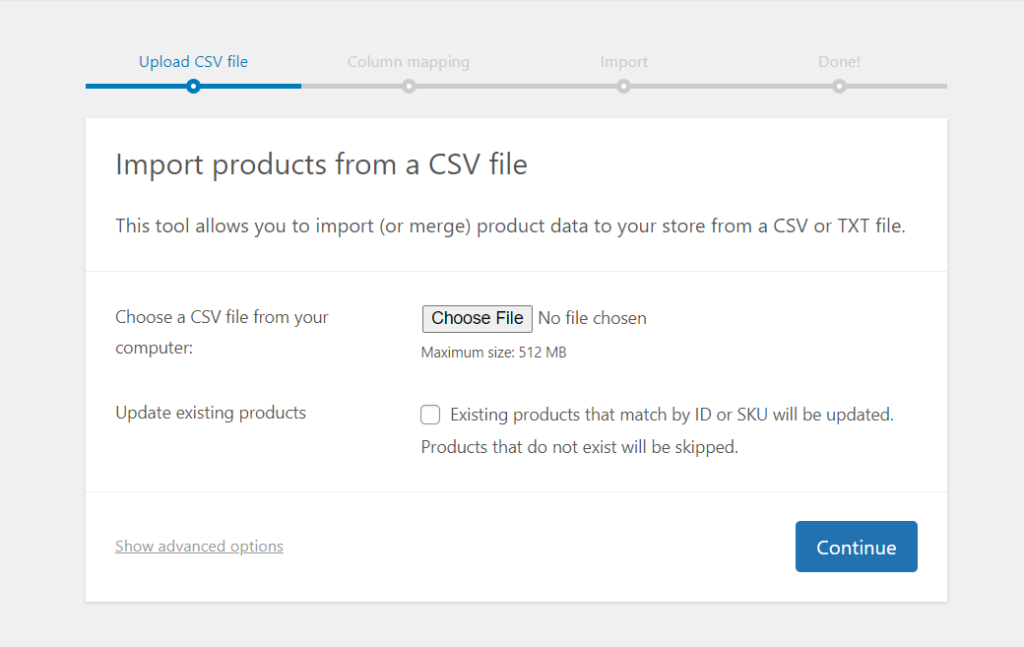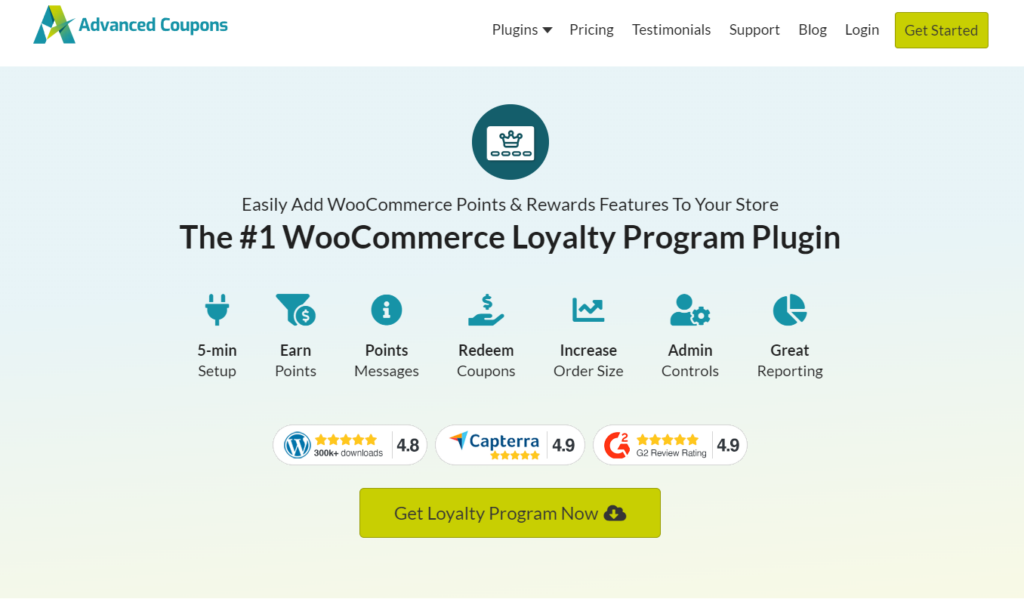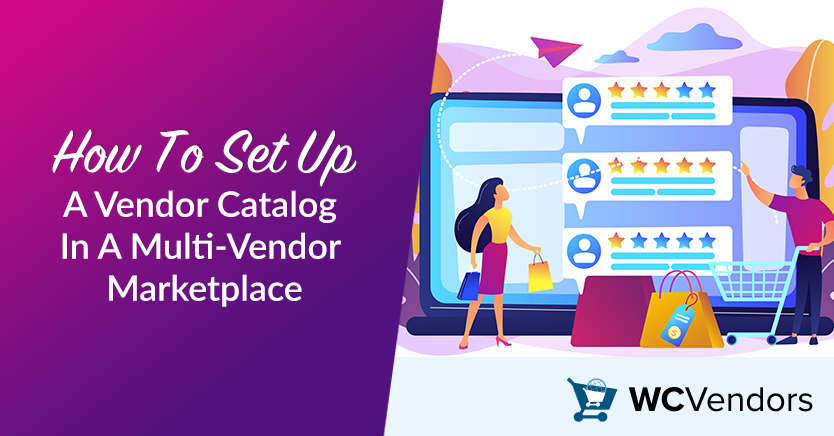
Having an organized and appealing vendor catalog is crucial when operating a multi-vendor marketplace. For businesses using the WC Vendors Multi-Vendor Marketplace, effective catalog management can be a game-changer.
This guide focuses on how to create and manage a vendor catalog in a WC Vendors multi-vendor marketplace. We’ll walk you through the essential steps to ensure your vendors can showcase their products effectively.
So, let’s get started!
What Is A Vendor Catalog?
A vendor catalog in an online marketplace like WC Vendors is essentially the digital storefront for individual sellers within the platform.
It comprises a comprehensive collection of all the products that a vendor wishes to sell. This catalog is publicly accessible to prospective buyers who visit the multi-vendor marketplace, serving both as an inventory listing and a marketing tool.
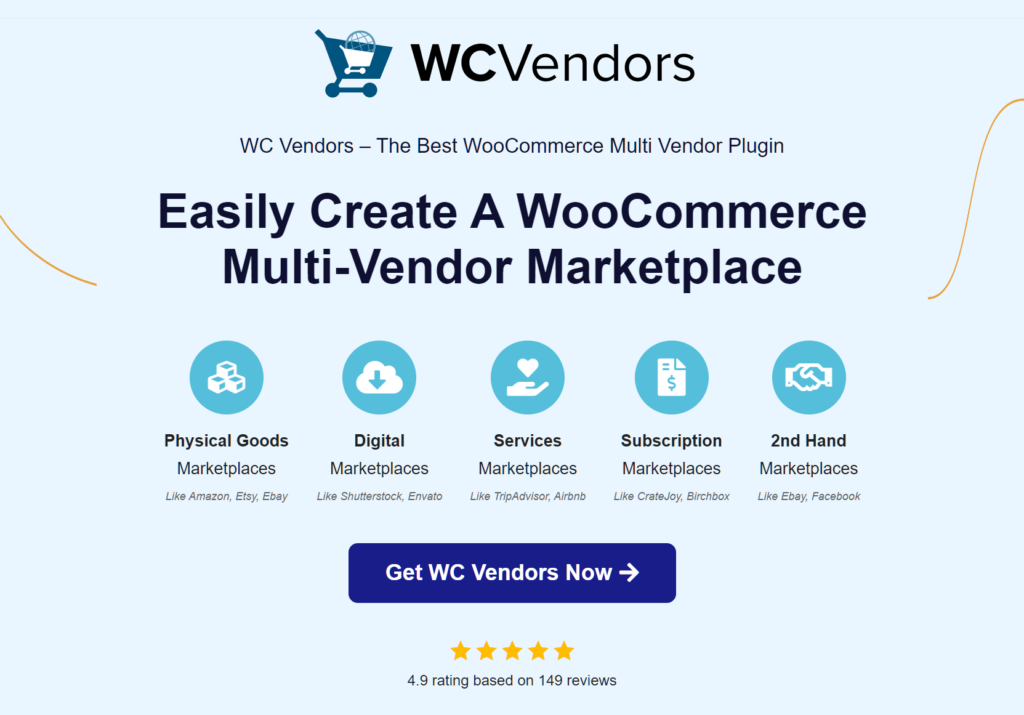
Key Elements of a Vendor Catalog
- Product information – Each item in the catalog includes essential details such as name, descriptions, category, pricing, and SKU (Stock Keeping Unit). Detailed descriptions and high-quality images help in convincing potential buyers of the value of the product.
- Organization – Products in the catalog can be organized into different categories and subcategories to enhance navigability and user experience. Correct classification helps customers find what they’re looking for easily, which can significantly improve sales potential.
- Availability and pricing – It clearly states the availability status (in stock or out of stock) and the price of each item. This helps in maintaining transparency and building trust with shoppers.
- Customization options – Depending on the vendor’s offerings, catalogs can also include customization options for products like color choices, sizes, or personalization.
By meticulously curating their vendor catalogs, sellers not only effectively showcase their products but can also optimize for better search engine rankings, enhance user experience, and ultimately drive higher sales.
Vendor Catalog Creation And Management
Creating and managing a vendor catalog on the WC Vendors platform requires meticulous attention to detail right from the initial setup phase. Before you can start showcasing your products, it’s crucial to establish a comprehensive foundation for your vendor operations.
Here’s a step-by-step guide to getting your vendor account ready and your products listed effectively:
- Completing the registration process with detailed business information.
Completing the registration process with detailed business information involves providing your business name, contact information, legal information, and relevant tax details. This transparency aids in smooth transactions and meets legal requirements. Furthermore, you may need to verify contact details or business credentials, reinforcing trust and authenticity in the marketplace. - Setting up payment and shipping methods.
Choose your preferred payment methods from the options available on WC Vendors. This might include PayPal, Stripe, bank transfers, or other digital payment systems. Proper setup of payment gateways ensures seamless receipt of sales payments.
Additionally, develop a shipping strategy that addresses serviceable areas, methods, and rates. WC Vendors allows for the setting of various shipping rules such as flat rates or variable pricing based on different factors. Also, it is crucial to articulate a clear return policy in accordance with marketplace standards, guiding customers on procedures for returning unsatisfactory products. - Familiarizing yourself with the WC Vendors dashboard functionality.
Initially, spend time familiarizing yourself with the WC Vendors dashboard. Learn the interface, add products, check orders, modify settings, and access marketplace analytics. Mastery of how to upload images, categorize products, manage inventory, and set product attributes is critical.
Lastly, regularly reviewing sales analytics is essential. This activity provides insights into sales volumes, earnings, and customer feedback, serving as a basis for informed business decisions.
Enhancing Catalog Listings
Crafting compelling product listings
Each product in your catalog should include:
- Product title – Make it descriptive yet concise.
- High-quality images – Ensure clarity and relevance. Use multiple images to showcase different angles and features.
- Detailed descriptions – Provide comprehensive information, including benefits, features, and specifications. Incorporate keywords for SEO.
- Pricing and availability – Be transparent about costs and stock levels.
- Customer reviews – Encourage feedback to build trust and guide prospective buyers.
Organizing products for maximum impact
Organization is key to a user-friendly catalog. Implement intuitive categories and filters that allow customers to navigate your listings easily. Consider seasonality, product types, and customer preferences when structuring your catalog.
Utilizing WC Vendors’ features for vendor catalog management
WC Vendors provides several tools to streamline catalog management:
- Bulk product import – Save time by uploading several products at once.
- Inventory management – Keep track of stock levels to prevent overselling.
- Sales analytics – Use built-in analytics to understand what’s working and adapt your strategy accordingly.
Optimizing for conversions
Ensuring your catalog is mobile-friendly is essential, given that a significant portion of online shopping is done via smartphones. Consequently, responsiveness and quick load times become crucial elements to consider, as they greatly influence user experience and customer retention. Therefore, by optimizing these aspects, you are better equipped to meet the needs of mobile shoppers and enhance their browsing experience.
To further improve your catalog’s visibility, implementing effective SEO strategies is key. This can be done by optimizing product descriptions with relevant and engaging content, using alt tags to help search engines understand and index your images properly, and incorporating keywords that prospective customers are likely to search for. Such SEO best practices can significantly boost your catalog’s reach and visibility.
Additionally, investing in professional-quality images and considering the use of videos can greatly enhance how your products are showcased. High-quality visuals attract customers and give them a clearer understanding of the product, increasing the likelihood of a purchase.
Crafting engaging and easy-to-read product descriptions that highlight specific benefits and solutions can also play a crucial role in converting visitors into buyers. By focusing on these elements, you can optimize your product displays to not only catch the attention of potential customers but also persuade them towards making a purchase.

Building And Maintaining Customer Loyalty
- Personalized recommendations
Creating a personalized shopping experience is a key strategy in building and maintaining customer loyalty. Offering product recommendations can make customers feel understood and valued, especially when these suggestions are tailored to their individual browsing history, purchase behavior, or stated preferences. This level of personalization can enhance the shopper’s experience by making it easier to find products that resonate with their needs and interests.
- Implementing Loyalty Programs
To further encourage repeat business from your customers, consider implementing a loyalty or rewards program. Moreover, by integrating Advanced Coupon’s Loyalty Program Plugin, you can offer exclusive discounts, early access to new products, or a points-based system as incentives that significantly contribute to customer retention.
Additionally, such programs do more than just reward customers for their loyalty; they also imbue them with a sense of belonging to a valued community associated with your brand. Consequently, rewarding customer loyalty not only reinforces their choice of your business but also fosters a mutually beneficial long-term relationship.
Analyzing Performance and Gathering Insights
Regularly review your catalog’s performance to identify trends, popular products, and areas for improvement. Additionally, use tools like Google Analytics alongside WC Vendors’ analytics to gain deeper insights.
- Monitor sales – Keep an eye on which products are best sellers and which are underperforming.
- Track customer engagement – Analyze how customers interact with your catalog, including which products receive the most views and the average time spent on your page.
Evolving Your Vendor Catalog
One of the most important aspects of managing a vendor catalog is to keep it fresh by regularly adding new products while removing outdated items. It’s also crucial to update product descriptions and images whenever necessary, ensuring that all information is current and appealing to potential buyers.
Listening to customer feedback is also vital in the evolution of your vendor catalog. Taking into account the feedback about your products and the overall usability of the catalog is essential. This feedback can provide valuable insights into what adjustments are needed. This will enable you to address any concerns or suggestions that might enhance the user experience and increase customer satisfaction.

Moreover, staying ahead of the curve is crucial to maintaining a competitive and relevant catalog. Keeping an eye on market trends and competitor activity can help you understand the direction in which the market is heading. By doing so, you strengthen your catalog’s market position and ensure its ongoing relevance and appeal to customers.
Conclusion
Mastering your vendor catalog in a WC Vendors multi-vendor marketplace is not just about listing all your products; it’s about creating an immersive, organized, and customer-focused shopping experience. From the meticulous planning of your product range to leveraging advanced features for promotion and analysis, each step is crucial in designing a catalog that not only attracts but also retains customers.
Let your catalog be a reflection of your brand’s commitment to quality, innovation, and unparalleled customer service.
To recap, here’s what you need to remember about a multi-vendor marketplace’s vendor catalog:
- Elements of a vendor catalog
- Creation and management
- Enhancing listings
- Customer loyalty
- Analyzing performance and gathering insights
Do you have any questions about how to set up your vendor catalog? Let us know in the comments section!
